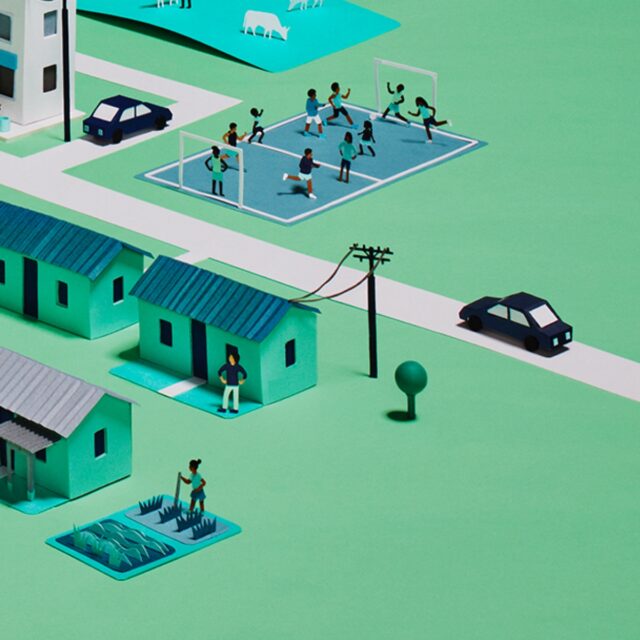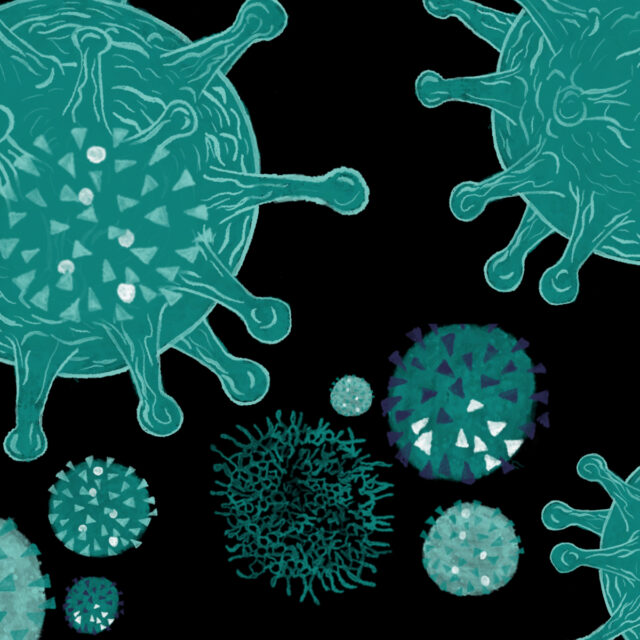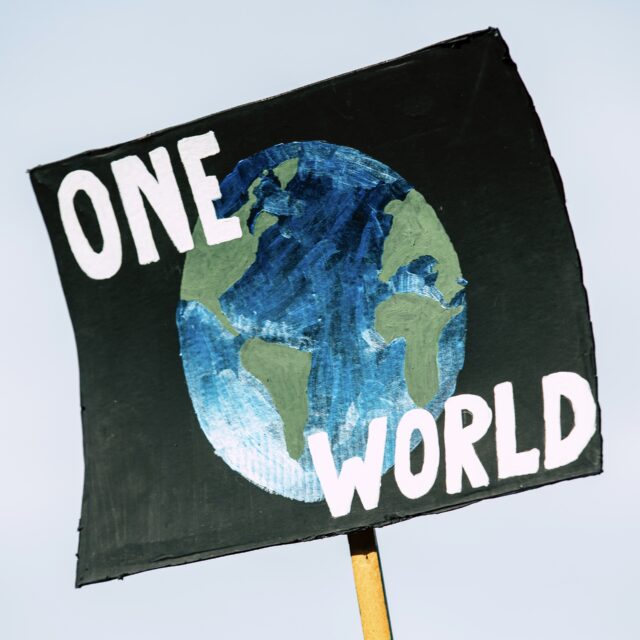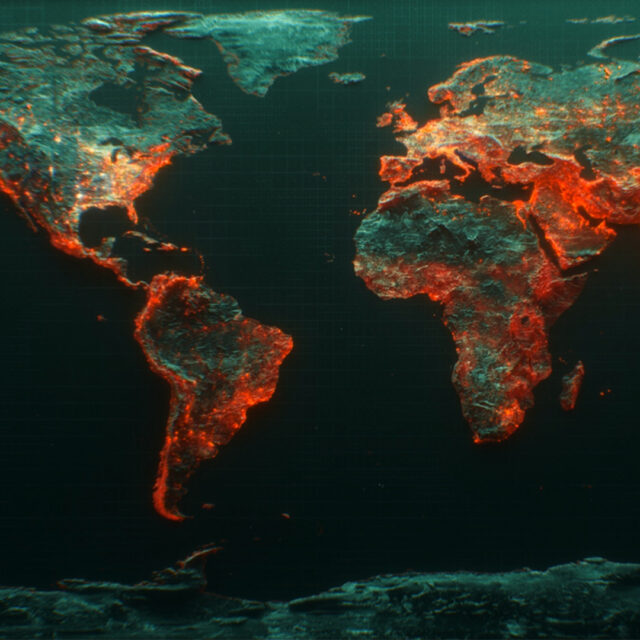Vaccines are one of the most crucial modern health tools. They save up to 3 million lives every year — equal to the population of Rome — and they have the potential to save an additional 1.5 million.
There’s no denying the importance of vaccines, but children worldwide are continuing to miss out on this vital tool. Vaccines can save an additional 1.5 million lives, thanks to Gavi, the Vaccine Alliance.
Here are five challenges that are preventing vaccination, and what can be done to combat them:
Transportation
Getting vaccines to where they’re needed can be tricky — and sometimes dangerous. This is especially true for children living in hard-to-reach places, like extremely remote areas where there may be a lack of infrastructure, or for children displaced by conflict or natural disasters.
Many health workers go to great risks by land, water, and air to transport vaccines. From climbing mountains to crossing rivers, the journey to deliver vaccines is often a long one for health workers. To make things more difficult, vaccines need to be cool in order to work properly. This makes portable cold-chain equipment a must.
Luckily, innovations are making these journeys easier and more effective. Gavi is working on improving access to cold chain technology, so that workers can safely transport and store vaccines. New innovations to vaccine transportation, including delivery by drone, can also make it easier to transport vaccines and remove some of the risk to the health workers and the vaccines they carry.
Political and social neglect
Distance isn’t the only challenge in children accessing vaccination: An increasing number of children in urban areas are unable to access vaccines. Political and social neglect can play into this, as children in these urban areas may not be registered with the government. This creates an issue because you can’t reach a child if you don’t know they exist. Limited or non-existent public services can also prevent people in these communities from accessing vaccines.
Last year, Gavi launched its first program guidance on urban issues, alongside other organizations including UNICEF, the World Health Organization, and civil society groups. Work is underway to incorporate urban strategies to address the challenges around reaching kids in urban settings.
Fragility
Fragility also poses a challenge to vaccination. In areas where people face displacement due to conflict, natural disasters, or humanitarian crises, providing vaccination becomes even more difficult.
This is especially troubling when considering that fragility can make diseases more prevalent. In areas where health systems are nonexistent or difficult to access, it’s more difficult for people to receive any sort of medical care, let alone vaccines. For example, the Democratic Republic of Congo is currently facing the worst measles outbreak in the world. This is largely due to logistical issues in getting vaccines to people. The nation’s health response system is already heavily strained by the ongoing Ebola outbreak, making access to vaccines and other health interventions more difficult.
While reaching people facing fragility and neglect is difficult, it’s not impossible. Last year, Gavi — alongside the DRC’s Ministry of Health and WHO — worked to vaccinate 18 million kids in DRC against measles in response to the outbreak. Additionally, Gavi has a fragility policy that is working in multiple countries facing conflict and displacement. Through this policy, refugees from South Sudan living in Uganda were able to access vaccines from Gavi.
Resources
In order to get everyone the vaccines they need, there needs to be enough vaccines to go around. While there’s good news in the supply market for most vaccines, three vaccines — human papillomavirus (HPV), inactivated poliovirus (IPV), and rotavirus — are facing supply shortages.
Different things are causing these shortages for each vaccine, from increased uptake to bottleneck issues. But the end result is the same: we need more of these vaccines in circulation so that people can access these life-saving tools.
Shaping markets is critical to Gavi’s work. The focus of this work is not only to improve the supply, but to lower the price of vaccines. Making sure there are accurate predictions about what, where, and how vaccines are needed is crucial to this work.
Even when there’s enough of the vaccine, making sure that other resources are in place to effectively store and transport them is also a challenge. Gavi is a major funder of cold chain equipment, which is necessary to keep vaccines effective.
Vaccine hesitancy
The other challenges listed mainly involve the availability of vaccines. Vaccine hesitancy, however, is a matter of attitudes. Hesitancy towards vaccines creates reluctance towards or refusal of vaccines, even when available, as the result of complacency, inconvenience, or doubt about their effectiveness.
This issue was one of the World Health Organization’s top 10 threats to global health in 2019. The choice not to vaccinate may seem small, but it can have big implications on global health. Between 2016 and 2019, cases of measles have increased by over 200% globally. This includes countries where the disease was close to elimination, partially as the result of hesitancy.
Supporting health workers is essential to combatting hesitancy. When health workers are available and trusted to have credible information, communities are more receptive to listening. This gives them the ability to influence whether families choose to vaccinate.
What you can do
Addressing these vaccination challenges is possible, and already happening. Gavi plays an instrumental role in addressing these issues and finding solutions to vaccinate people, giving us a much better chance of overcoming these obstacles.
We’re calling on world leaders to support Gavi this June and allow this life-saving work to continue. A full replenishment could mean the difference between continued progress in addressing these obstacles, and losing the hard-earned progress we’ve already made.



